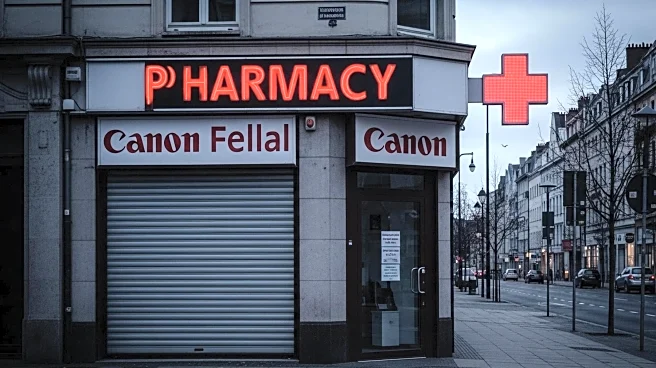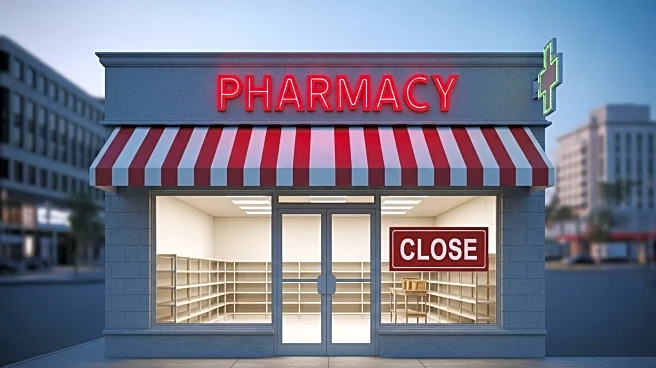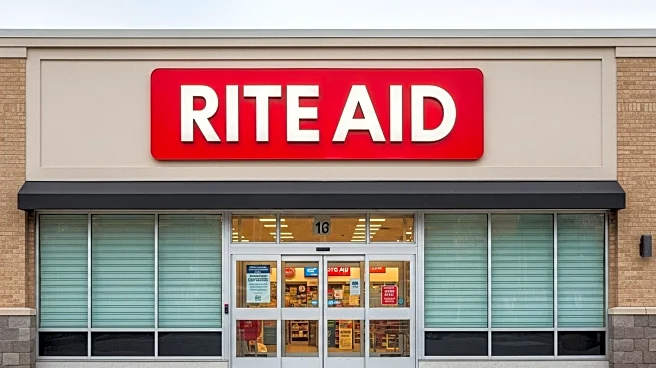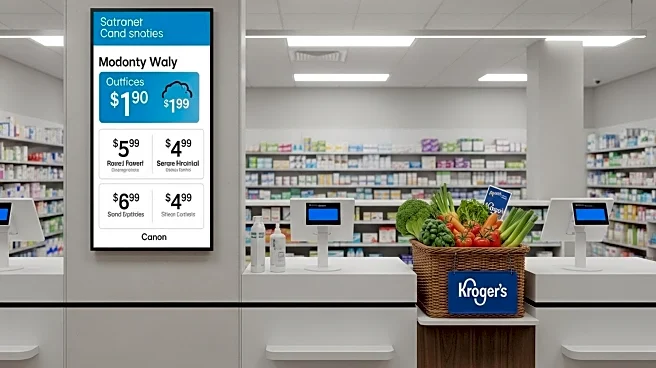What is the story about?
What's Happening?
Rite Aid, once a prominent pharmacy chain in the U.S., has permanently closed all its locations nationwide. The company announced the closures on its website, marking the end of its operations after years of financial struggles and two bankruptcy filings. Rite Aid's decision to liquidate its assets follows its second bankruptcy filing in May 2025. The closures affect customers who relied on Rite Aid for their pharmacy needs, prompting them to seek new providers for prescription and immunization records.
Why It's Important?
The permanent closure of Rite Aid stores represents a significant shift in the pharmacy industry, affecting consumer access to medications and healthcare services. The consolidation of pharmacy services among major competitors like CVS and Walgreens may lead to reduced competition and potentially higher prices for consumers. The closures highlight the challenges faced by traditional retail pharmacies in adapting to changing market dynamics and consumer preferences, including the rise of online pharmacy services.
What's Next?
Former Rite Aid customers will need to transfer their prescriptions to other pharmacies. Rite Aid has provided resources on its website to assist customers in finding new pharmacy locations and transferring their prescription records. The closure may prompt other pharmacy chains to evaluate their operations and consider strategic adjustments to avoid similar financial pitfalls. The broader industry may see further consolidation as companies seek to streamline operations and improve profitability.
Beyond the Headlines
The closure of Rite Aid stores raises questions about the sustainability of traditional retail pharmacy models in the face of increasing online competition and changing consumer habits. The legal challenges related to opioid prescriptions also underscore the ongoing scrutiny and regulatory pressures faced by pharmacies in managing controlled substances. The shift in pharmacy services may lead to changes in how healthcare is accessed and delivered, with potential implications for public health policy and access to medications.
AI Generated Content
Do you find this article useful?













